Building of the Day: 1016 Fulton Street, a Long and Winding Journey
Brooklyn, one building at a time. Name: Former Irving Theater, now St. John Fire Baptized Holiness Church of God Address: 1016 Fulton Street Cross Streets: Grand and Classon avenues Neighborhood: Clinton Hill Year Built: 1912 Architectural Style: Vaguely neo-Classical Architect: Unknown Landmarked: No The story: This is the final building in my little mini-series of…
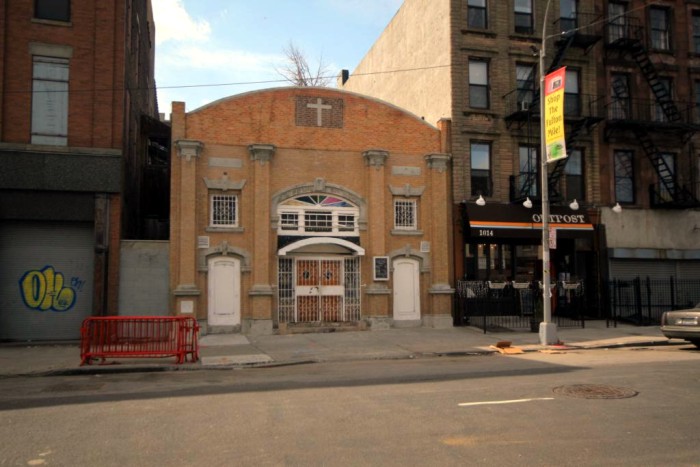
Brooklyn, one building at a time.
Name: Former Irving Theater, now St. John Fire Baptized Holiness Church of God
Address: 1016 Fulton Street
Cross Streets: Grand and Classon avenues
Neighborhood: Clinton Hill
Year Built: 1912
Architectural Style: Vaguely neo-Classical
Architect: Unknown
Landmarked: No
The story: This is the final building in my little mini-series of buildings on this particular block of Fulton Street on the Clinton Hill/Bed Stuy border. This part of town is undergoing rapid change, Big Change, as in large construction, so I thought before everything is swept away, we’d look at what we are losing. It turns out it’s pretty interesting.
Yesterday’s BOTD, the former Brooklyn Union Gas Building, and this former theater were once part of a large estate, one of two on this block in the mid-19th century. The other estate became the land now used for Crispus Attucks Park, and I definitely want to find out more about that one.
I haven’t yet tracked down the original owner of this estate, which originally covered about 20 lots; 10 on Fulton, and 10 on Lefferts Place. I hope I can find a photograph or drawing, too. But whatever its provenance, by 1889, it was home to the Brooklyn Training School and Home for Young Girls.
I wrote about the Training School in a series of Walkabouts. The school was started as a charity to “provide a temporary home for friendless girls, where they may be guided and trained to be self-supporting.”
The School was the brainchild of a wealthy Park Slope blueblood matron. The rest of their story begins here. Long story short, they took homeless, older orphaned or wayward girls and trained them to be domestics. Over the course of their history, this was one of the places they established for their home.
The school was here for about 10 years. They left for their final home in 1898 or ‘99. The next tenant, for only part of 1899, was the Home for the Blind.
After that, the house was sold to its last owner, Colonel Henry Patchen Martin. He was a Civil War officer, one of the veterans of the bloody First Battle of Bull Run. He was retired when he moved here, and lived here until his death in 1906.
As you can see from the 1887 map, his large wood-framed (brick filled) house sat in the middle of his large plot. He probably sold off the Lefferts Place lots for development, or else one of the charities did.

The Colonel was a very religious and generous man. After his death, his will revealed that he left over $300,000 of his estate to various charities, including various Episcopal Church missions and causes, as well as charities such as orphanages, colored charities, and the Brooklyn Institute of Arts and Science, which got his art collection and some of his other decoratives.
He had named this estate “Rusurban,” a play on “Rus in urbe,” which means the country in the city, referring to a popular ideal of suburban life while in the city. That was certainly popular on this estate.
After his death, Rusurban became an arts venue, much like the Pouch, over on Clinton Avenue. The rooms were used for dance and music lessons and concerts, art studios and the like.

The estate was broken up, and most of the land was sold to Brooklyn Union Gas for their showroom/warehouse. They tore down Rusurban in 1912. This one small plot was already 1106 Fulton Street.
In 1909, an unknown theater developer and architect built this small neighborhood theater. It was originally called the Irving Theater, which had a small vaudeville stage, and showed silent films. The Irving was in business between 1909 and 1913.
In 1913, the theater changed hands, and was now the Crystal Theater. They also showed films, but used their stage for shows as well. They also rented. On two separate occasions, the theater hosted fundraisers for the 11th Assembly District Organization of the Woman’s Suffrage Party.
And that’s it. The building never appears in the news again after 1913. At some point, perhaps in 1985, it becomes the property of the St. John Fire Baptized Church.

A personal note: A friend of mine used to own the building next door, which now has the Outpost Coffee shop on the ground floor. When he bought the building, the church was using the Outpost space as their parish house. That obviously stopped when he sold the building a few years later. The first time I went to Outpost, I had forgotten that I had even been in the building before.
Above photo: Scott Bintner for PropertyShark



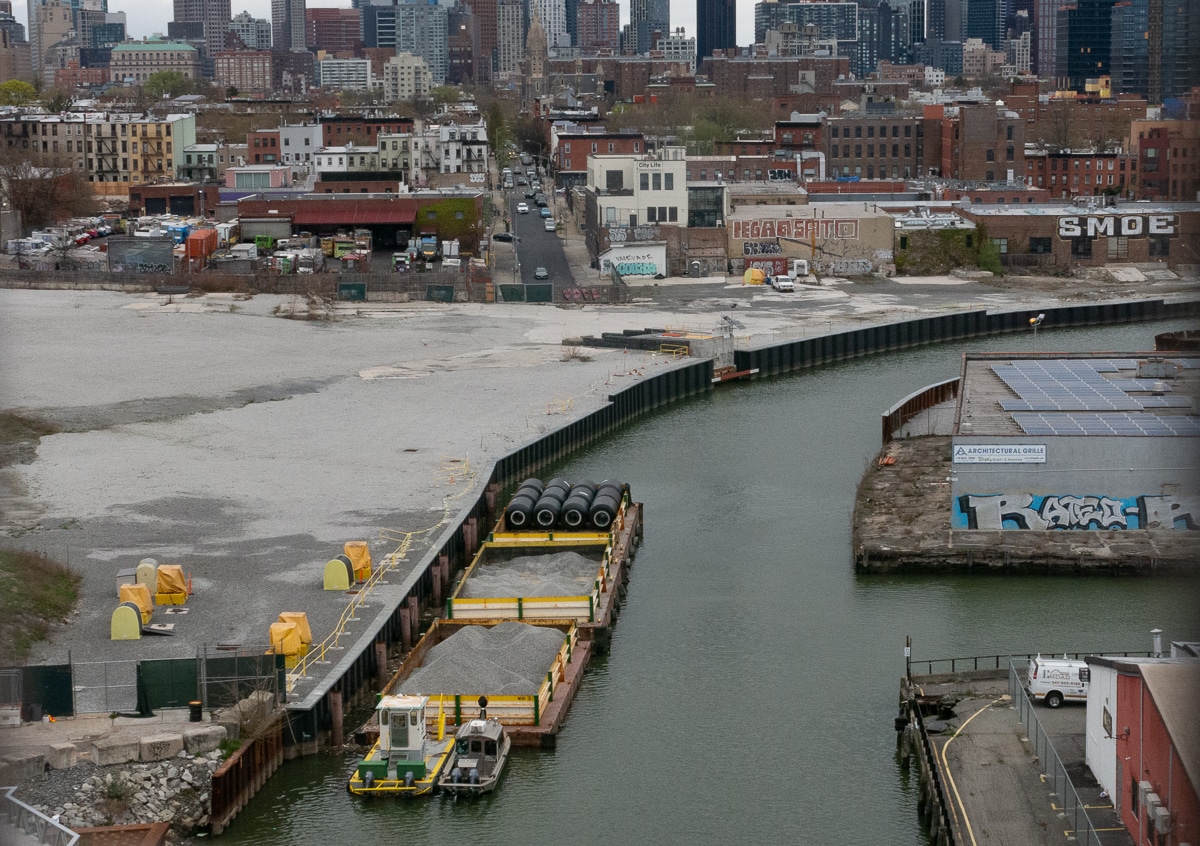
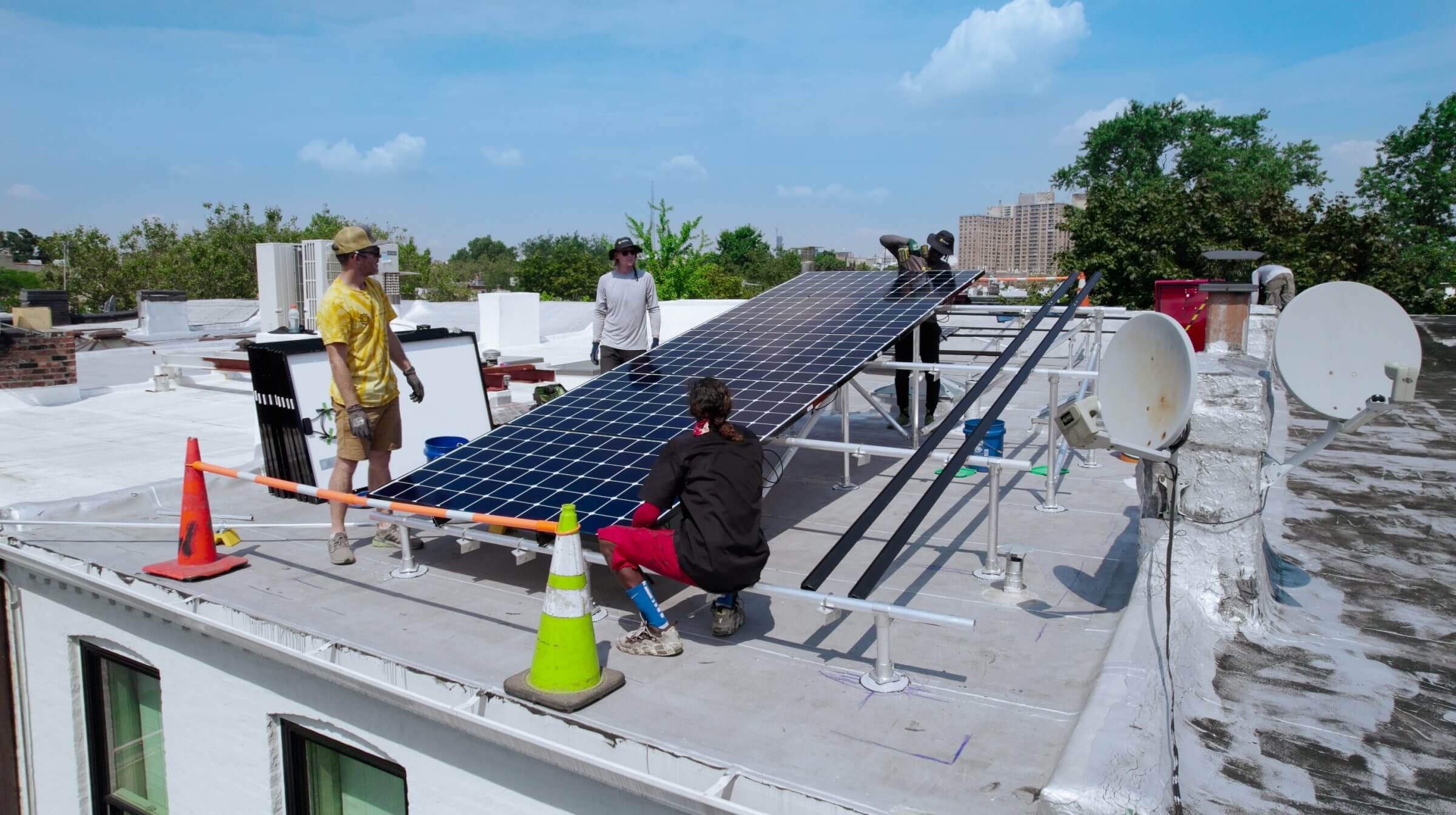
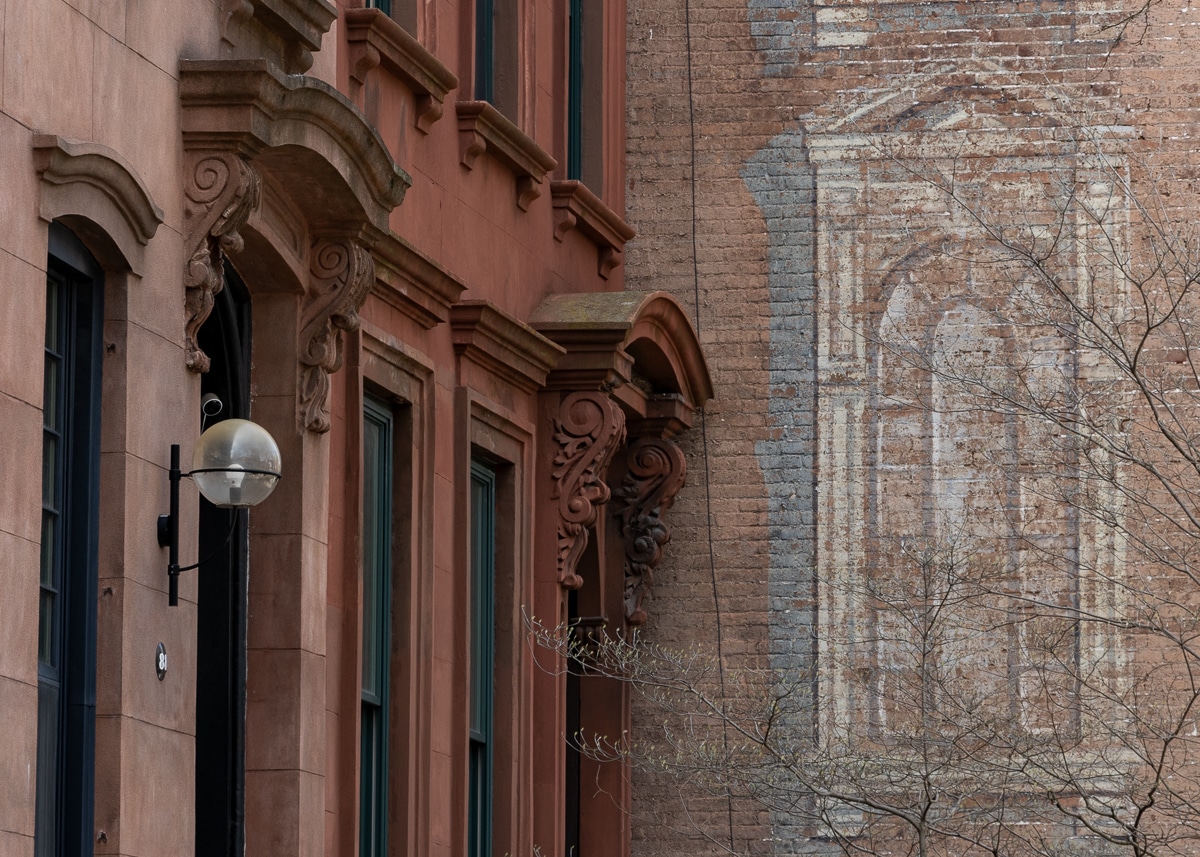


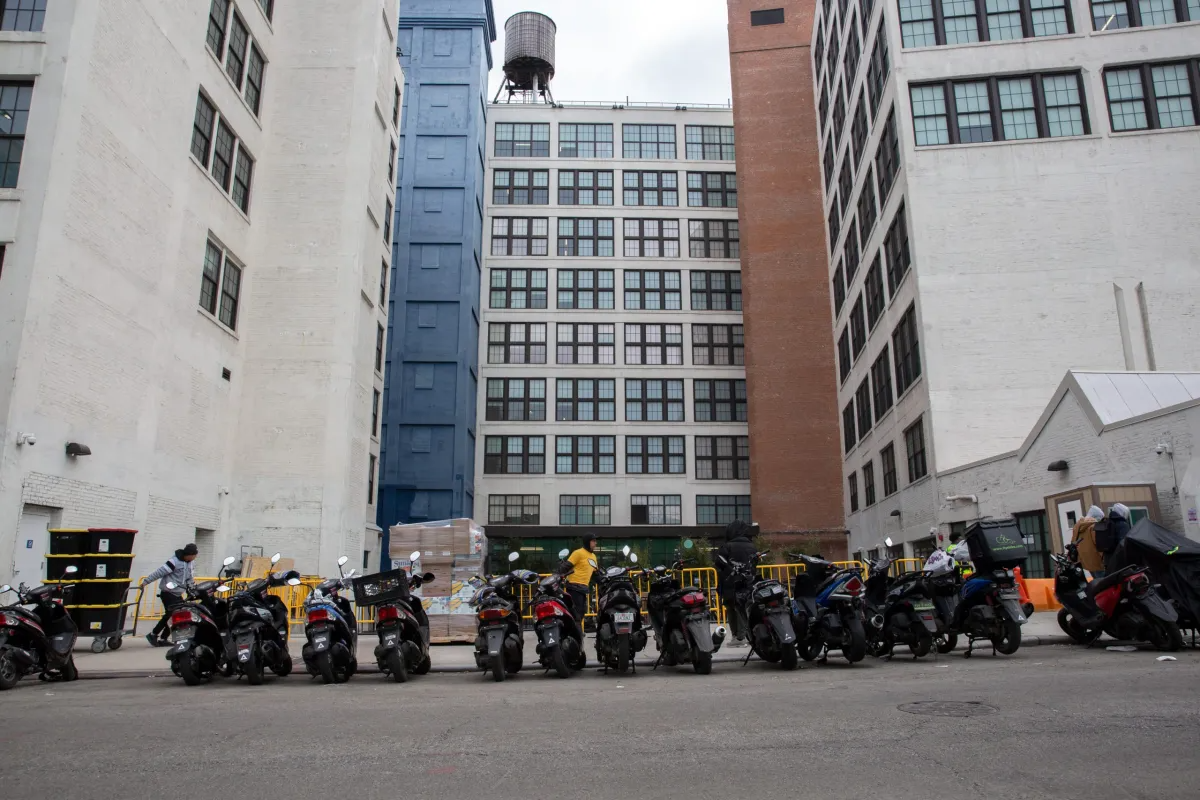

What's Your Take? Leave a Comment